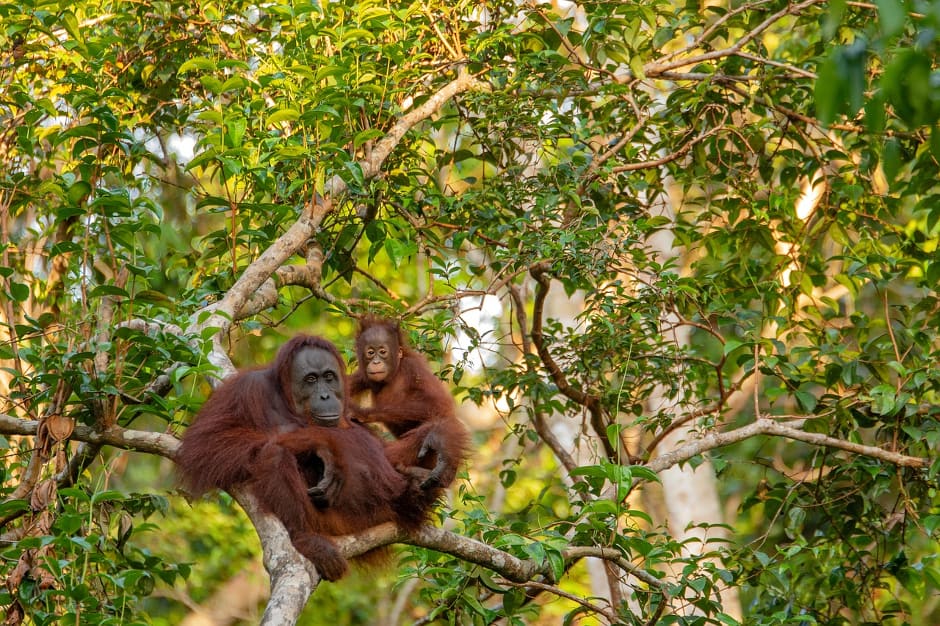
The application of technology used to study the luminosity of stars has come about via a collaboration between Liverpool John Moores University, WWF and HUTAN, an orangutan conservation organisation.
Orangutans build a sleeping nest in trees and their numbers are usually estimated by counting these nests from the ground, which is costly and time consuming due to the large areas that need to be surveyed.
Drones can cover large areas of difficult ground quickly and monitor endangered wildlife from above. The addition of thermal-imaging cameras means that animals that are otherwise difficult to find can be found at anytime of the day because of their heat signatures.
According to the British Ecological Society, the field team conducted 28 flights at two sites over six days and spotted 41 orangutans from the air, all of which were confirmed by ground observers.
"All orangutan species are critically endangered and monitoring their numbers is crucial for their conservation", said Professor Serge Wich, Liverpool John Moores University's expert in primate behavioural ecology.
By combining drone technology with thermal-imaging cameras, a tool used by astronomers, researchers were able to spot and classify the animals' heat signatures. To distinguish the primates from their surroundings, they performed flights before 9 a.m. or after 7 p.m. local time.
Dr Claire Burke, an astro-ecologist at the university, who will present the findings at the 'Unifying Tropical Ecology' conference in Edinburgh said: "We tested the technology on orangutans in the dense tropical rainforest of Sabah in Malaysia. In thermal images, animals shine in a similar way to stars and galaxies, so we used techniques from astronomy to detect and distinguish them.
“We were not sure at all whether this would work, but with the thermal-infrared camera we could see the orangutans quite clearly because of their body heat, even during fog or at night.
"The biggest difficulties occur when the temperature of the ground is very similar to that of the animal we are trying to detect, so the images from morning or evening flights are more reliable. Absolute surface temperatures cannot be used to differentiate species as animal body temperatures change with that of their environment."
This technology could potentially be used to understand and monitor population numbers of orangutans or other endangered primate species.
https://www.theengineer.co.uk/endangered-wildlife/
Nicola Loweth, Asian programme manager at WWF, who was part of the Bornean study said: "We must embrace and scale up innovative approaches to monitoring wildlife populations, to better protect them for generations to come.
“Our collaboration with Liverpool John Moores University to test the feasibility of thermal-imaging and drone technology to monitor orangutan populations in Sabah has proven promising and could have a wide range of applications, benefiting wildlife conservation as a whole."
The team also spotted a troop of proboscis monkeys during the field trial, which they were able to distinguish from orangutans based on their smaller size and sociability: proboscis monkeys are generally found in groups, whereas orangutans tend to be solitary or in pairs. Pygmy elephants were also captured on a night-time forage through an oil palm plantation.
The astro-ecologists are now developing a machine learning algorithm to tell animal species apart, based on their unique thermal fingerprint.




Poll: Should the UK’s railways be renationalised?
I think that a network inclusive of the vehicles on it would make sense. However it remains to be seen if there is any plan for it to be for the...